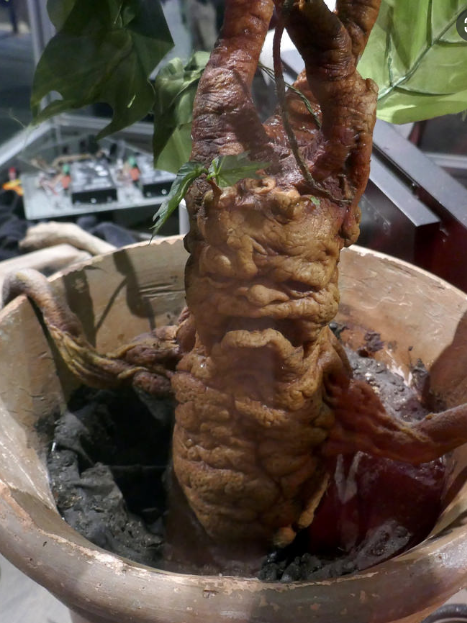The mandrake plant, also known as the Mandragora Officinaruimby botanists, is one ancient plant that has had its fair share of myths over the years. The plant has not only been written about a few times in the bible but has somehow found itself in the contemporary pop culture where it’s been featured in blockbuster movies such as the Harry Potter Franchise.
Unlike in Harry Potter movies, mandrakes don’t scream when put in a cauldron of boiling water. Mandrakes were also used in ancient Greece as an aphrodisiac. It was alternatively referred to as ‘love apples’ by the ancients. It’s no wonder the Greeks associated the plant with Aphrodite, their goddess of Love. They used to steep the root either in vinegar or wine before it was consumed.
Speaking of consumption, the ancients were fully aware of just how poisonous the mandrake was and wouldn’t dare consume it. Today, scientists have found out the reason why mandrake is so deadly. It’s because the ancient plant contains two deadly components; scopolamine and hyoscyamine. These two alkaloids are not only poisonous but are also powerful hallucinogens.
If ingested, one is likely to suffer from the following symptoms: diarrhea, vomiting, abdominal pain, dizziness, dry mouth, and blurred vision. Mandrakes affect different people differently, meaning while others are likely to exhibit all the symptoms listed above, others won’t. It only takes 3-6gm of mandrake to kill a grown man. That’s how lethal the plant is.
Therefore, you must rush to the nearest health facility if you suspect that you ingested a mandrake. That said, what is the significance of mandrakes in the bible, and why are they so important? Let’s keep reading to find out more about this intriguing plant.
Contents
What parts of the world do mandrakes thrive the most?
According to research, there’re six different mandrake species spread across the world. Some of the areas where it thrives include Northern Africa, the Middle East, Southern Europe. The latter areas make sense, especially Northern Africa and the middle east because that’s where most of the bible stories, especially the old testament, took place.
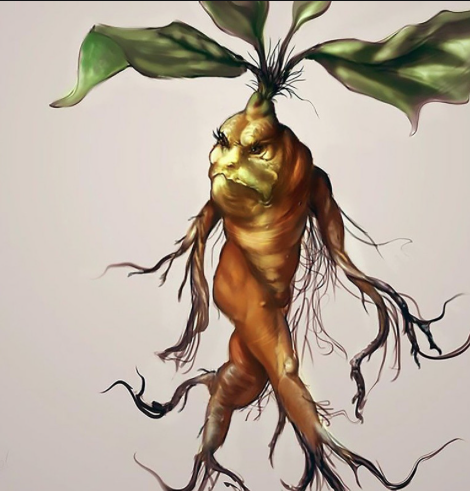
The mandrake plant is believed to have originated from the Mediterranean region and spread to other parts of the world as a result of migration. But, it only survived in other areas whose weather conditions mimicked that of the Mediterranean region (those areas have been mentioned in the previous paragraph.)
Today, only two species of the mandrake survive. These are M. autumnalis and Mandragora officinarum.
Where are mandrakes mentioned in the bible?
Mandrakes were mentioned in genesis 30:14 and songs of songs 7:13. According to the bible, mandrakes were a pretty common plant in and around Israel, which explains their popularity back in the day.
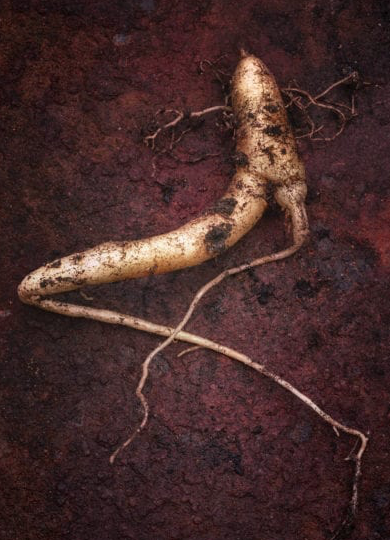
According to the scriptures, Leah and Rachel also used mandrake roots in a bid to boost their fertility. In Rachel’s case, she used the berries of the plant to aid in her conception as she and Jacob were struggling to get a child but to no avail. That was approximately 4,000 B.C. the latter could only mean that the mandrake plant could’ve been in use for thousands of years prior.
What were the uses of mandrakes in the bible?
As mentioned earlier, the mandrake root was used majorly by the Hebrews who strongly believed in its power to induce conception. It’s been mentioned in Genesis 30:14-16. Some of the Hebrews used mandrakes to bring good fortune. They would get the plant and hung the roots in their respective homes.
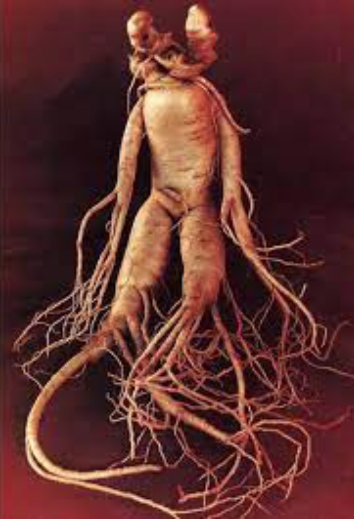
Were there any myths associated with mandrakes in the bible?
The ancient Hebrews strongly believed that mandrakes could increase the chances of conception and therefore used it whenever a couple had intercourse with the goal is having a child. But, they were also fully aware of its poisonous nature and were extremely keen not to consume it.
There’re other myths associated with the mandrakes that aren’t written in the bible. For instance, many believed that the lethal plant only grows on the ground where the blood, fat, and semen of a hanged man was poured. Just like many other myths, the latter has never been proven to date.
Another rumor is that mandrakes possess evil spirits that could scream if cut or thrown in hot water. As far as this rumor goes, any Harry Potter fan can tell you of its origin. But as I mentioned earlier, nothing substantial has been found to prove that. Scientists claim it’s false.
It also turns out that the rumor of mandrakes screaming and damning people to hell didn’t emanate from J.K. Rowling’s head. It’s said most of the ancients would put wax into their ears before proceeding to harvest the root for whatever reason.
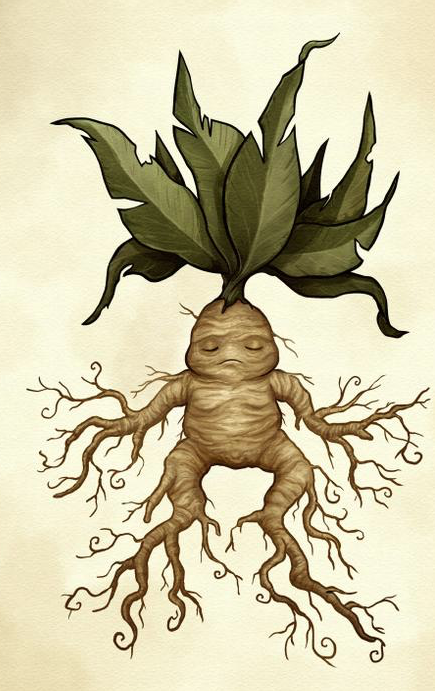
Finally, the ancients believed that mandrakes had the power to bring good fortune either to an individual or a community.
